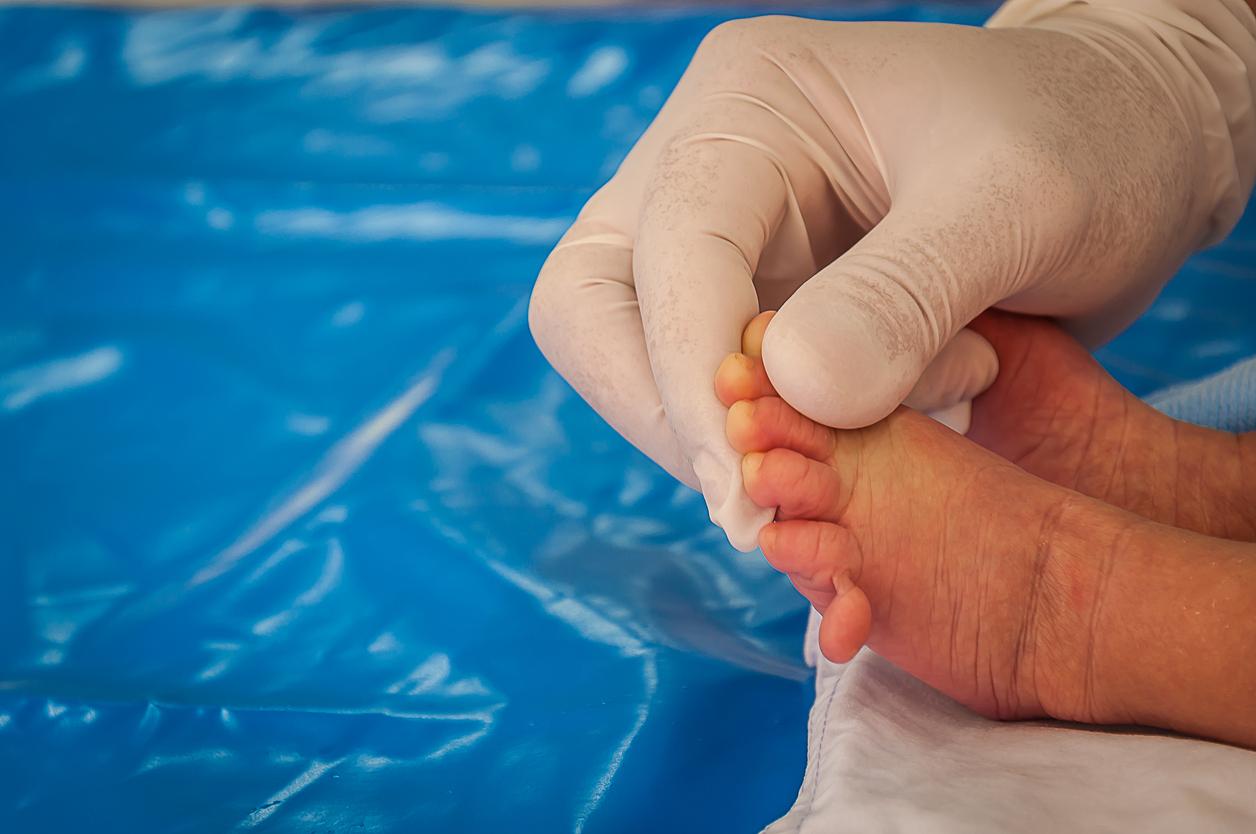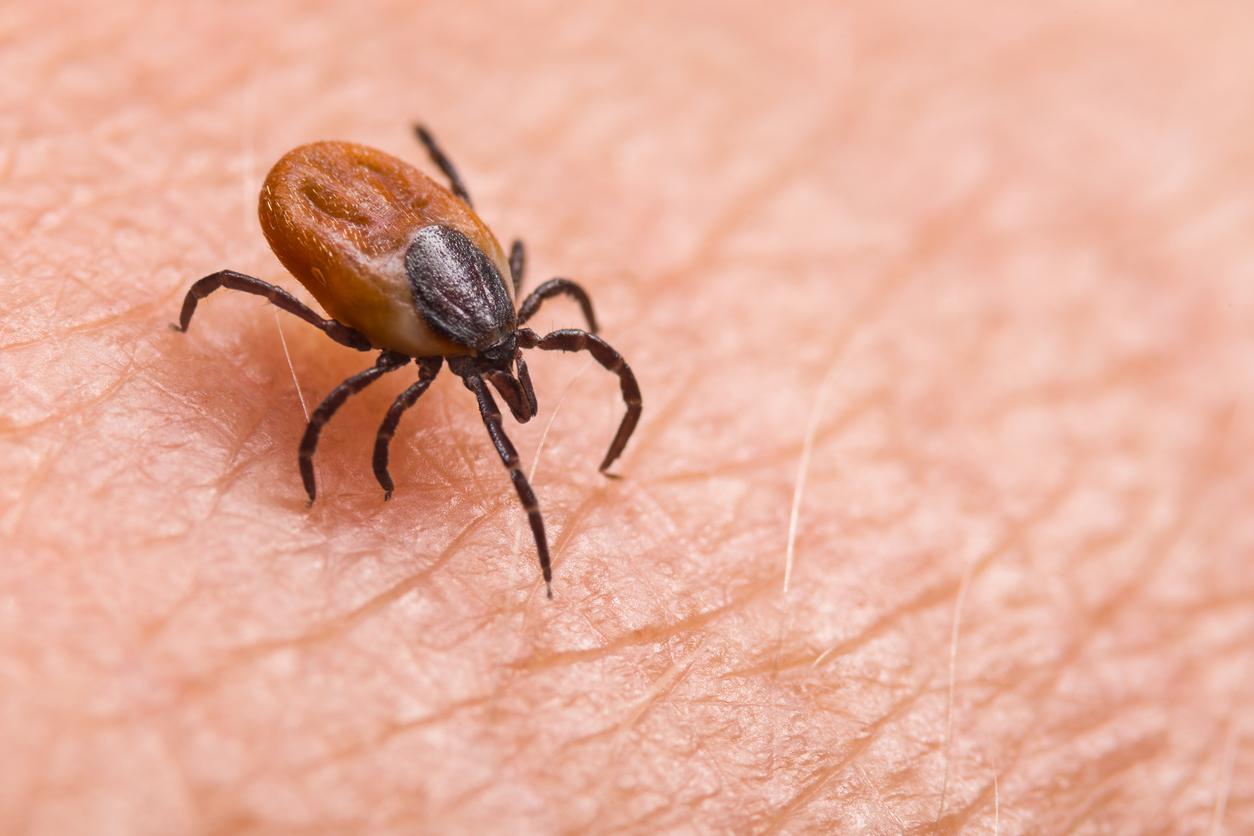
‘It’s often in the big toe’
Is it true that gout mainly affects men who like a drink? And why do some people suffer from these joint infections? The 13 most frequently asked questions!
1. What is gout?
Gout is an inflammation of the joints. In the body, cells are constantly broken down and replaced by new ones. This process releases a substance called purine, which is broken down into uric acid. Normally, uric acid dissolves in the blood, after which it is excreted by the kidneys through the urine. But for a variety of reasons, a person can have too much uric acid in their blood. It then forms crystals that, among other things, precipitate in the joints.
The body sees those crystals as unnatural invaders and gets to work to clean them up. The painful inflammation that accompanies it is called an acute gout attack. If such attacks occur more often (more than twice a year), we speak of chronic gout.
2. Is such an attack harmful?
Basically not. But if the attacks are frequent and untreated, wear and tear on the joint can occur, resulting in stiffness and limited range of motion. People with chronic gout often also have high blood pressure and an increased risk of cardiovascular disease. There is no good explanation for this.
3. Why is gout also popularly referred to as ‘the leg’?
Because the disease often occurs in the big toe, in about 50 to 60 percent of cases. The reason for this is unknown. The condition can also occur in other joints (such as the ankle, knee, finger, wrist and elbows), sometimes even in several at the same time. The spine, hips and shoulders are rarely affected by gout.
4. What are the main complaints?
Severe pain in the joint, which makes it difficult to move. The joint is red, swollen and warm to the touch. Sometimes a fever also occurs during an attack.
Over time, so-called ‘gout nodules’ (also called ‘tophi’) can develop. These are thickenings under the skin, which sometimes become very large. Usually they are not painful. When they open, a white secretion is released. Less than 10 percent of patients also develop kidney stones or malfunctioning kidneys over time.
5. It seems that with gout you can no longer eat red meat and drink wine. What is true of that?
Some foods are naturally high in purine, which raises uric acid levels in the blood. If you suffer from gout, it is better not to eat it too often. Alcoholic drinks can also trigger a gout attack. Especially beer, port and spirits are culprits. Remarkably, wine does not seem to increase the risk of gout. That gout is only a disease of drinking brothers and Burgundians is a misconception, by the way. Food is only responsible for about 10 percent of the uric acid level in the blood; the other 90 percent is determined by factors within the body.
6. What else can you do yourself to prevent a gout attack?
Watch out for fast weight loss. Many so-called ‘crash diets’ contain a lot of protein and few carbohydrates. This can increase the level of uric acid in the blood.
7. Is it true that gout is a typical male disease?
Yes, an ‘older men’s disease’ even. About 150,000 people in the Netherlands suffer from gout and three quarters of them are men. Until now, doctors have not been able to figure out why. The lifestyle of men (eating more red meat, drinking more beer) may play a role. Half of the patients are older than 65 years.
8. Is the disease hereditary?
Partly yes. Gout has a family history in 30 percent of patients. Recently, researchers have identified three genes that may play a role in the development of the condition. People with these gene variants have been found to be at up to 40 percent more risk. But a genetic predisposition alone is not enough to get the disease; other factors also play a role, such as an unhealthy lifestyle. Conversely, people without that specific predisposition can also develop gout.
9. Can you do something yourself to relieve the pain?
Cooling the joint, for example by placing a cold pack (plastic bag with a special gel for the freezer) on it. If the gout is in the knee or foot, it is wise to keep the leg high and to avoid pressure (for example by standing and walking) as much as possible. An acute gout attack usually goes away on its own within a week.
10. And if that doesn’t help enough?
If the (pain) complaints are severe, a doctor can prescribe medicines to combat the inflammation. Initially, these are often so-called anti-inflammatory ‘Nsaid’s’. If the doctor has diagnosed gout through blood tests, among other things, Colchicine is usually prescribed.
11. What to do if gout comes back?
If the gout occurs more than twice a year, the ailment is chronic and a patient can be treated with drugs that reduce the uric acid level in the blood. The most commonly used drug for this is Allopurinol. The number of attacks is then greatly reduced and sometimes the gout even disappears completely.
12. Which alternative treatments help?
No alternative treatment has been shown to have an effect on gout. If you choose an alternative practitioner, always report this to your attending physician. Never stop your regular medicines just like that.
13. When is it wise to be referred to a rheumatologist?
If there are doubts about the diagnosis or if the number of attacks, the pain or the gout nodules do not decrease despite medication. This also applies if the gout is in multiple joints or if complications (such as kidney stones or kidney failure) occur. If the GP does not take the initiative to refer you, ask for it yourself.
Sources):
- Plus Magazine

















